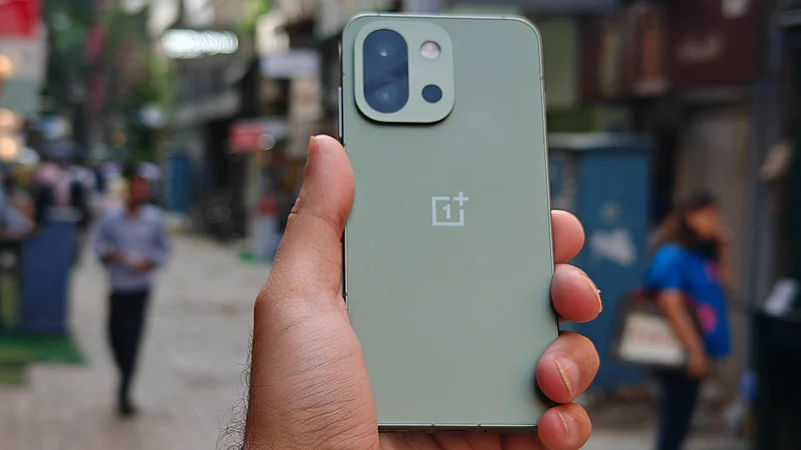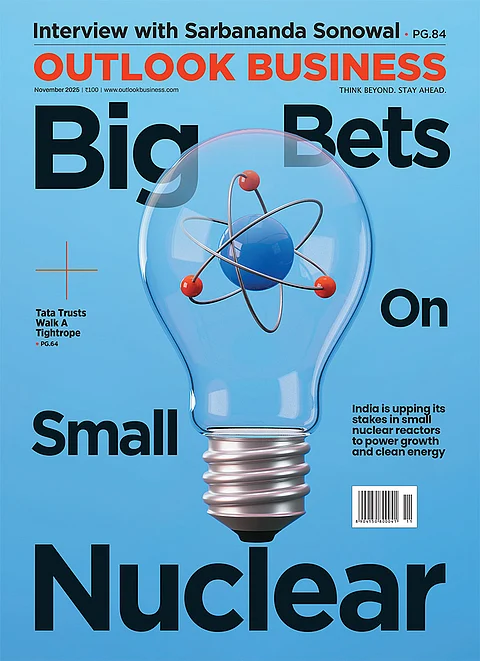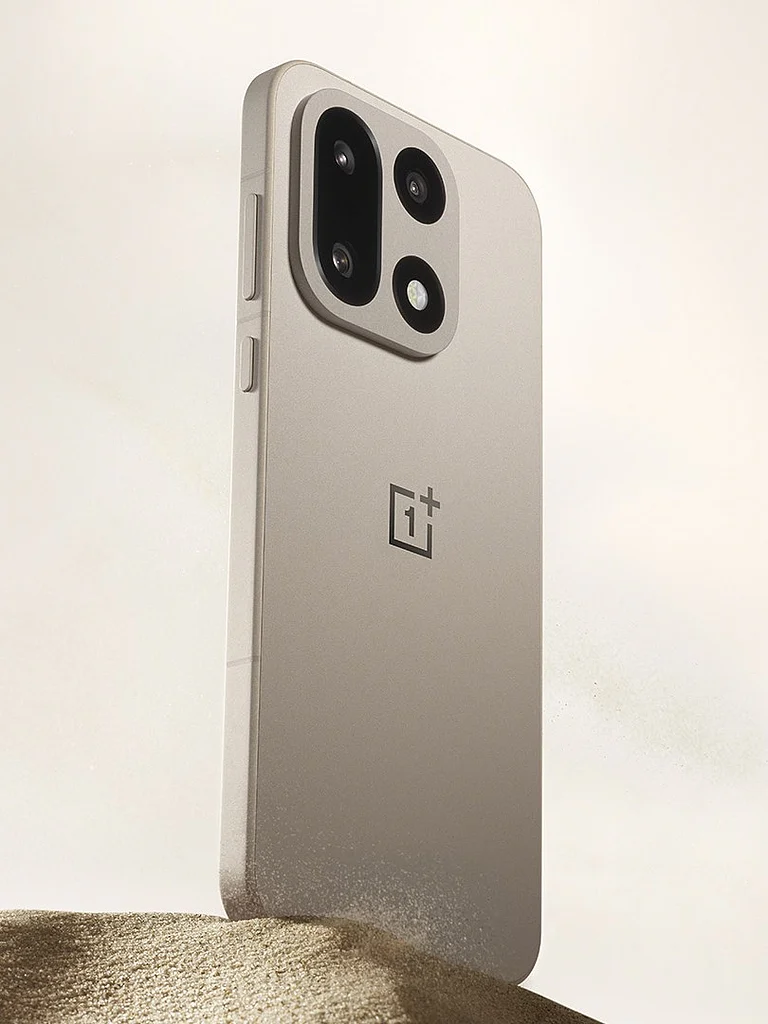
The OnePlus 15 has sparked loud debate since its launch, largely centred on its ‘downgraded’ cameras and a higher India price.
OnePlus has abandoned the familiar circular camera island for a bold, over-the-top redesign.
We discuss why the OnePlus 15 may be a misunderstood flagship amid all the noise.
Let the dust settle down, and the noise quieten. Right now, there’s so much discourse about the OnePlus 15, which just launched in India (and globally) on the 13th of November. Still, sadly, it all revolves around those ‘downgraded’ cameras and the pricing. Yes, while the Chinese variant got a price cut, the Indian unit has seen a price increase of a couple of thousand rupees compared to the OnePlus 13 launched earlier this year.
With the OnePlus 15, OnePlus has made a stark departure from the circular camera island design we were all getting used to. The company decided that it will not be a modest upgrade (it isn’t even a year since its predecessor), and instead, the OnePlus 15 should go for overkill. While pursuing the motto of ‘overkill’, the company made a few crucial missteps along the way.
This is by no means a full review, and that’ll come after all the discourse quietens. This is, instead, a piece about why I think the OnePlus 15 is a misunderstood flagship Android smartphone. Let’s dig in.
The specifications sheet screams a ‘monster’ of a smartphone
A supersized OnePlus 13s:
It’s the evolution of the cleaner and more squared OnePlus 13s (a compact smartphone) that launched earlier in the year. The back panel, the sides, and the camera bump —they’re flattened and more squared off. From straight sides to a flat front and back, this smartphone is super comfortable to hold. The square camera deco, though not as eye-catching as the circular camera island, is functional, practical, and perfectly centred. Take Oppo’s (OnePlus’ sister brand) Find X9 and you’d be hard-pressed to tell the two apart if you didn’t already know the differences. OnePlus is bringing a trio of colours - Infinite Black, Sand Storm, and Ultra Violet - and the latter looks very vibrant and distinctive. The Ultra Violet colourway receives an iridescent treatment, creating a colour shift as the angle of the back panel changes with the light. The back panel is made of glass and protected by Gorilla Glass 7i. It’s soft to touch, isn’t slippery, and is more resistant to scratches and smudges. The Infinite Black would be my other preference, as it is one of those matte blacks that oozes luxury. The Sand Storm is the only of the three to use Micro-Arc Oxidation (MAO) technology on the frame, which creates a ceramic-grade coating over the metal surface, making it more scratch-resistant.
Display:
A downgrade that most people won’t notice. Yes, that’s the best way to put it. The OnePlus 15 features an LTPO display with a 1.5k/ resolution (compared to the OnePlus 13’s 2k resolution) and a 165Hz refresh rate. The problem is that you can only reach 165Hz while playing supported games. At other times, it dynamically refreshes between 1 and 120Hz. There’s also a dedicated touch-response chip that enables a 3,200Hz touch sample rate. I just wonder who actually asked for a lower-resolution, yet faster, display.
Insanely good battery life:
A 7,300mAh battery. Just look at the smartphone you’re using right now, and odds are it has a much smaller battery. OnePlus went for the kill, and lo and behold, a slightly thinner smartphone (compared to the OnePlus 13), is getting a much beefier battery (thanks to silicon carbide technology). The OnePlus 15 easily outshines smartphones like the Samsung Galaxy S25 Ultra and Google Pixel 10 Pro XL. During my testing period, I easily went to bed with over 30 percent of battery life and routinely didn’t have to charge it until the second evening, just before going to bed. OnePlus is very good at battery optimisation, and so a nine-hour screen-on-time (SoT) isn’t unusual here. A fast charger is included in the box, and it supports 120W charging. There’s also support for 50W wireless, 10W reverse wireless, 5W reverse wired and bypass charging. You can also juice up the smartphone to 50 percent in just 15 minutes. A full charge will take approximately 40 minutes.
IP certification:
After years of not wanting to IP certify its devices, OnePlus has gone all in with the OnePlus 15. It’s got IP66, IP68, IP69 and the brand-new IP69K dust and water-resistant (high-pressure water jets, up to 80*C; immersible up to 2m for 30 min) rating.
A new Snapdragon chipset:
The OnePlus 15 is the first smartphone in India to launch with the brand-new Snapdragon 8 Elite Gen 5, which is really good (though it does heat up during the intense benchmark tests).
OxygenOS 16:
The OnePlus 15 is the first smartphone from the company to debut with OxygenOS 16 out of the box. It’s faster, smoother, more intuitive, and can help you recall your favourite moments or look up details you may have forgotten about. It’s all saved in the Mind Space, then, using AI, analysed and summarised, becoming a home for all digital memories. Mind Space also integrates really well with Gemini, with which you can ask questions and gather relevant information. OxygenOS 16 is also extremely customisable from the lock screen to the clock widget, with many different styles, and a new Categories section in the app drawer. There’s something for everyone. In fact, there’s also a NameDrop feature that lets you ‘bump’ into an iPhone and share files.
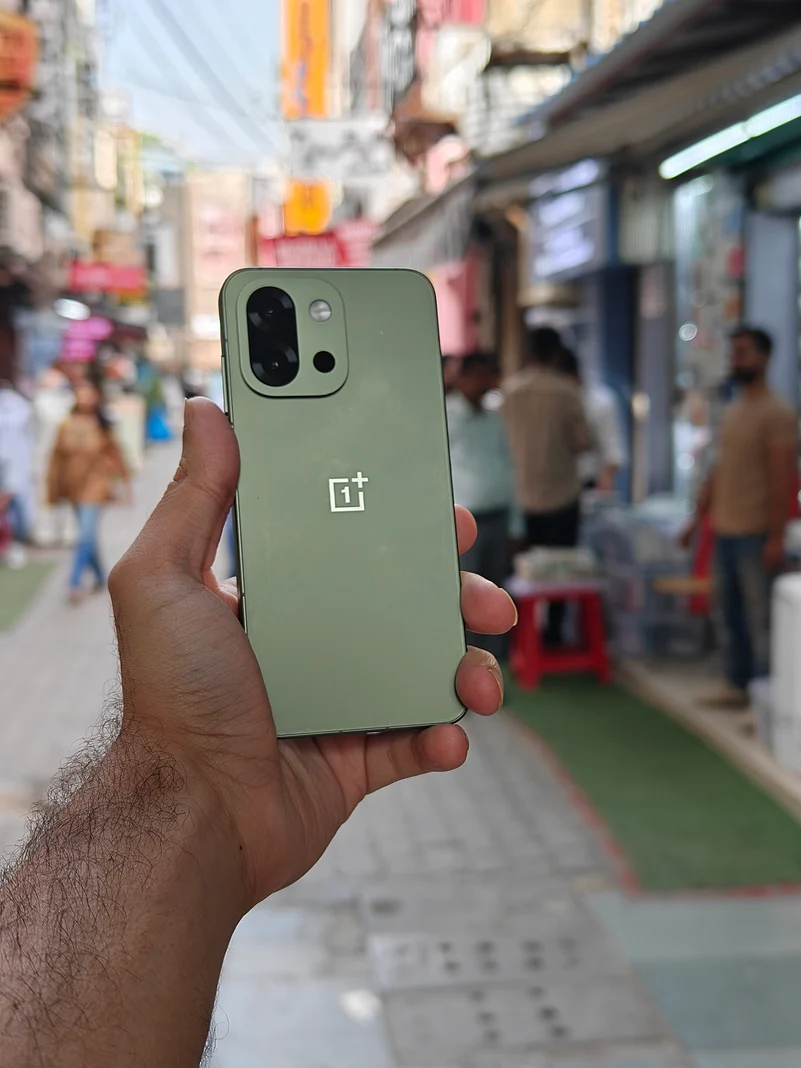
Things I don’t like
- No more Hesselblad branding: The biggest downgrade, and something that has already ruffled up many feathers, is the cameras on the OnePlus 15. Gone are the days of Hasselblad-tuned cameras. Instead, you’re treated to a new camera system with the DetailMax imaging engine. This new imaging engine uses advanced algorithms combined with powerful processors to help you capture better images. There are three 50MP cameras on the back. There’s the 50MP primary (Sony IMX906) sensor, a 50MP ultrawide lens (116* field of view), and a 50MP telephoto lens. All three cameras come with smaller sensors. There’s a 32MP front-facing camera. Yes, the resulting photos may be realistic, and the aggressive ‘beautification’ may have been dialled back, but the images lack the vibrancy, detail, and sharpness of the OnePlus 13. That level of detail and sharpness is more akin to a mid-ranger than to a flagship camera. The 26MP High-resolution shooting mode produced better results, but the camera would automatically switch back to 12MP whenever it wanted. That was a pain point.
The thing I liked the most was how realistic the portraits came out. They may not have been super sharp, but the colours were true-to-life, the bokeh was subtle and nice, and a wide dynamic range added to it. I’ll have more on this in my full review, but why did OnePlus put a 7x toggle in the viewfinder? It’s a digital crop, and it isn’t very good. Only when the sunlight is plentiful do you get good results from the 7x crop. To be fair, the OnePlus 15 does produce less processed, more natural-looking photos. To boot, its video feature set is far superior to that of the OnePlus 13. What if OnePlus provided the OnePlus 13’s hardware, with the OnePlus 15’s processing. Now that would have been a good camera system.
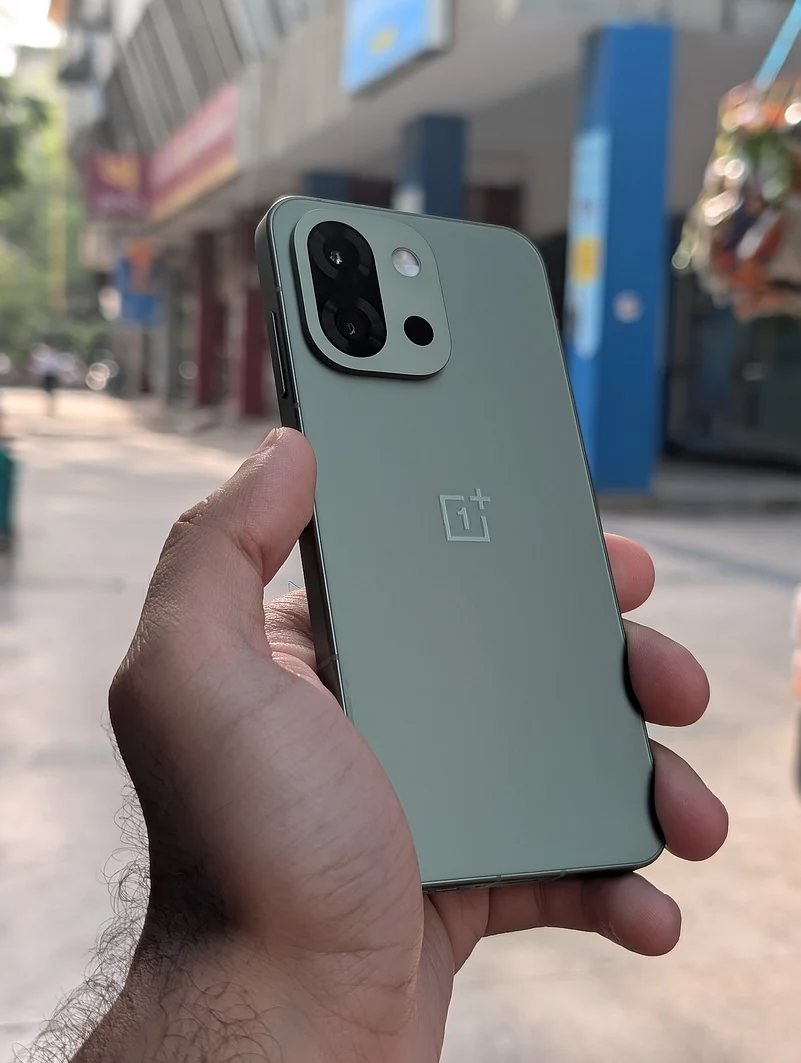
- Haptic motor: This is one of the things that irked me with the OnePlus 15. Yes, on paper, the vibration motor is a downgrade. In short, this means that the smartphone will provide weaker vibrations. While most people will be hard-pressed to find a difference vis-à-vis the OnePlus 13, if you use the phone long enough, it can irk you.
- No alert slider: I miss it very much. With the OnePlus 13s, the company debuted its new ‘Plus Key’, which is a customisable button. You can customise it to turn on the torch, open the camera, silence the phone, and more.
- The display: Yes, it’s got a faster refresh rate, but only those hardcore gamers (playing very specific titles at the time of launch) will appreciate it.
- Price: The price of Rs 72,999 for the 12GB & 256GB variant is very disappointing. In China, the smartphone was launched at a cheaper price than the OnePlus 13. In India, we’re getting a slight price bump.

A misunderstood smartphone
Every couple of years, OnePlus takes one giant step forward but two steps backwards. This isn’t entirely the case with the OnePlus 15, though, and that’s why I’m calling it a misunderstood smartphone. The uniqueness of OnePlus may have gone, thanks to the alert slider being no more and a significant change to the software design. Even the partnership with Hasselblad is no more. For years, these have been synonymous with OnePlus, but even with that identity gone, it doesn’t mean that OnePlus has gone backwards.
The OnePlus 15, despite all the discourse veering on the neutral-to-negative side, still has a lot going for it. There’s the 7,300mAh battery. Not many smartphones can claim to have such a beefy battery. Pair that with 120W wired charging and you’re way ahead of the competition. Then there is the Snapdragon 8 Elite Gen 5, which is a handy performer daily. It may heat up during intense benchmarking tasks, but that isn’t the case during real-world usage (even after hours of gaming). OnePlus is leaning into its strengths of being a performance powerhouse, and this smartphone is no different.
Then again, the OnePlus 13 was an all-around package and delivered in many aspects where the company traditionally hasn’t. I was mighty impressed with the OnePlus 13’s camera and Hasselblad's tuning. Alas, that is no more. But, to its credit, OnePlus is setting up for the future, and if we can just get some better camera hardware, along with the natural-looking processing, then we’d have a super hit on our hands.
With a price bump and disappointing cameras in the eyes of the consumers, the OnePlus 15 will be pitched against the likes of the iQOO 15 (launching in just over a week) and the Realme GT 8 Pro as opposed to smartphones like the Google Pixel 10 or the Samsung Galaxy S25. A more aggressive pricing would have set the benchmark for others to eye and put the OnePlus 15 ahead of the competition. It’s a crowded smartphone market, and OnePlus needed to swing for the fences to truly stand out.
This is still a OnePlus smartphone at the end of the day, but it’s lost its uniqueness. You may mistake it for a run-of-the-mill Android smartphone, and that’s okay. OnePlus wants to play the long game here, and if some of these decisions pay off over the next few years, then nothing like it. OnePlus may have borrowed bits and pieces from other smartphones, and that’s just sad. The OnePlus 15 is a OnePlus smartphone at the end of the day, even if some think it’s an Oppo. For the OnePlus 16 next year, OnePlus needs to play to its strengths while elevating its weaknesses (namely the camera and haptic motors).





